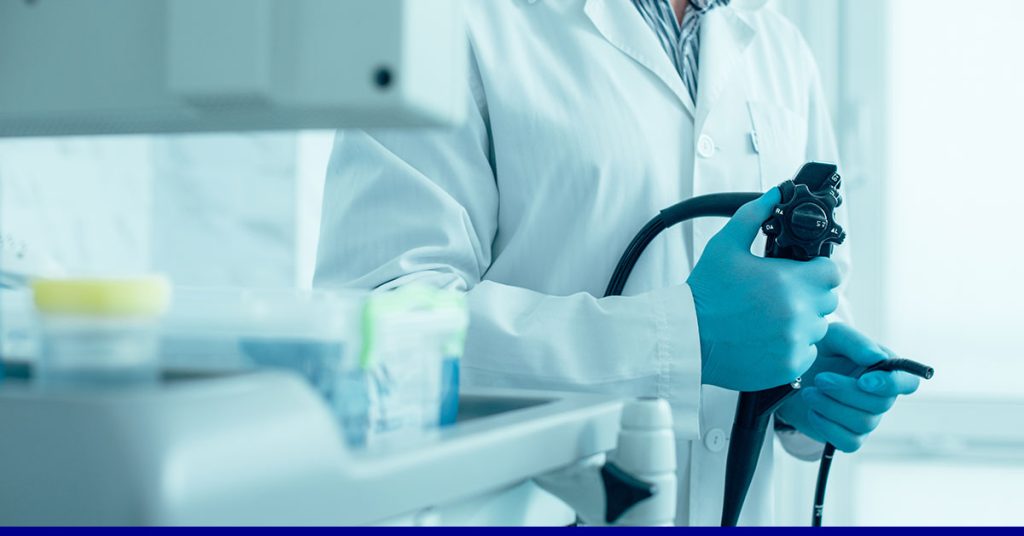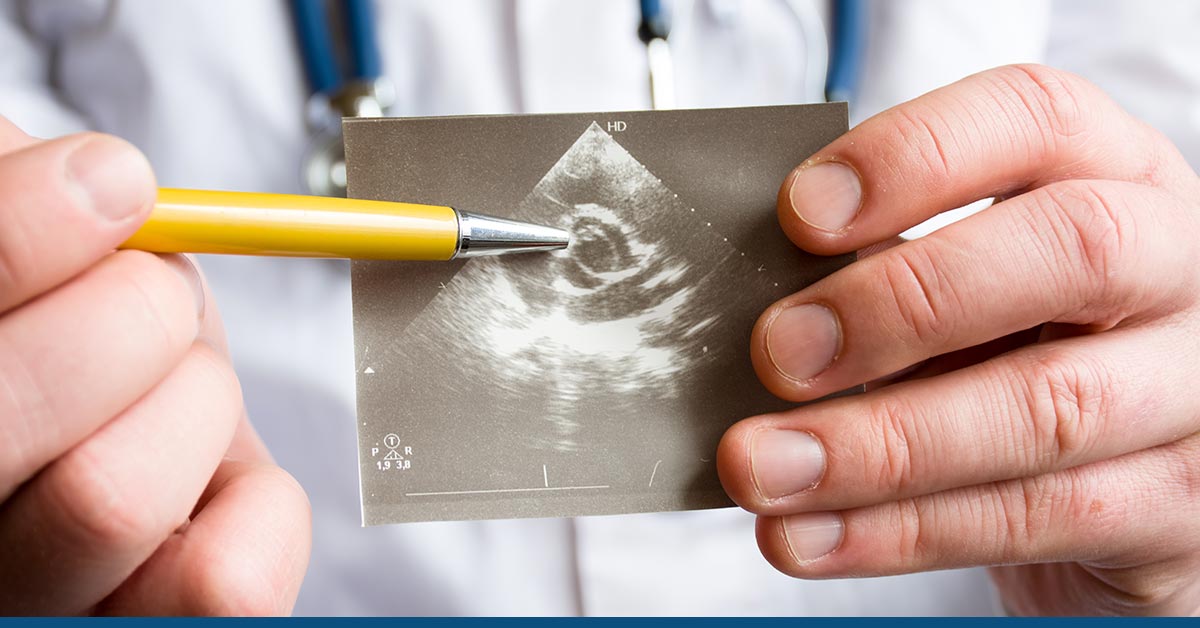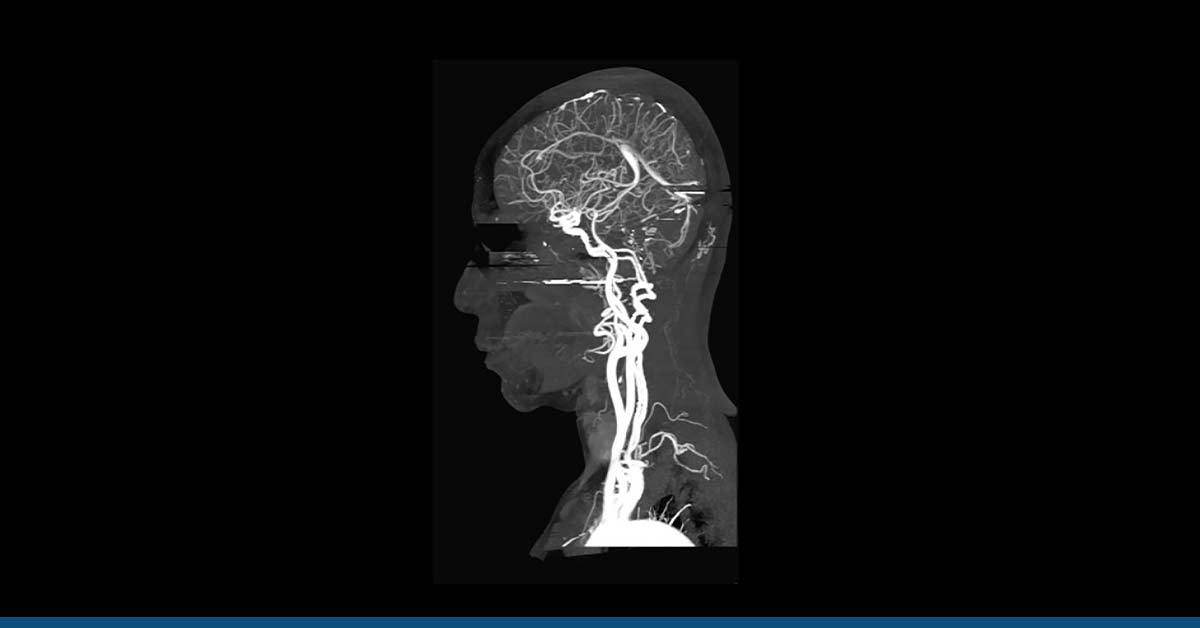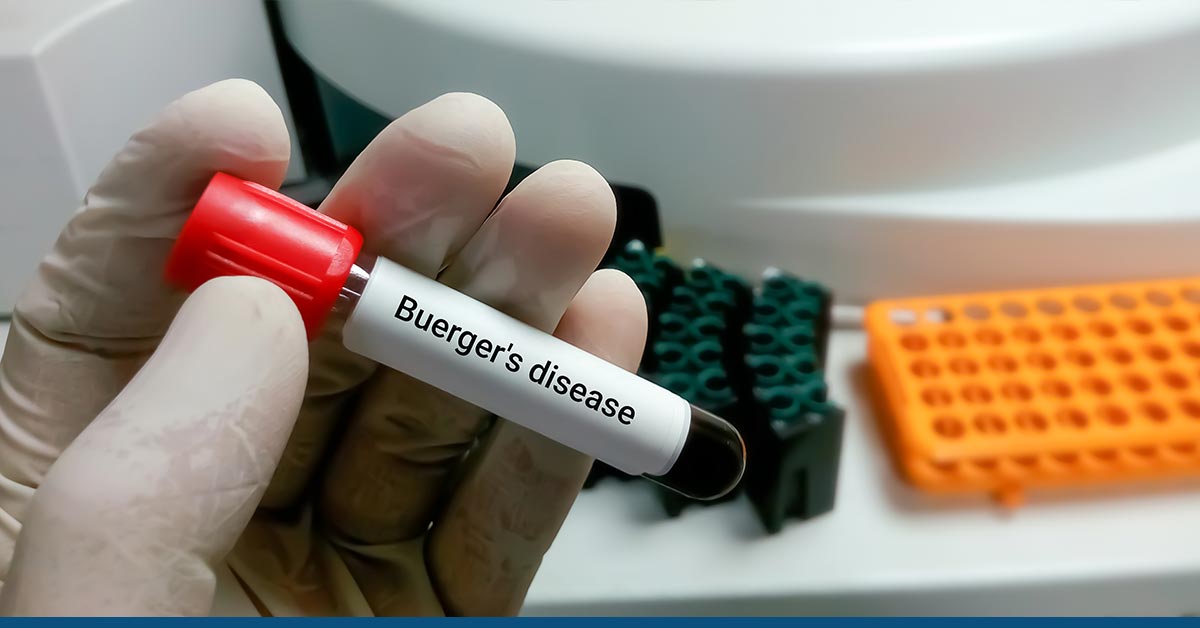Colon or rectal cancers are the third most common cancer in both men and women in the United States. If caught early enough, most colorectal cancers can be cured with simple surgery without any chemotherapy, and a colonoscopy is a gold standard for this diagnosis.
This simple procedure of inserting a long, flexible tube (colonoscope) into the rectum to examine the colon’s (large intestine) lining for any abnormalities, polyps, or pre-cancerous lesions can save many years of your life.
The American Cancer Society recommends everyone to screen for colon cancer every 10 years beginning at age 50. However, risk factors such as family history, obesity, cigarette smoking, and history of polyps or intestinal symptoms such as abdominal pain, rectal bleeding, and chronic constipation (or diarrhea) may warrant a colonoscopy sooner.
Despite the life-changing benefits of this procedure, concerns over how long a colonoscopy takes make people hesitant to book an appointment. While the procedure itself is only 30 to 60 minutes, the pre-op and recovery extend the hospital stay to 2 to 3 hours.
Additionally, the day before a colonoscopy requires extensive preparation, and the day of the procedure requires rest after. Therefore, you will have to take the day off.
Everyone is understandably busy, but 24 hours of your time is undoubtedly worth 10 years of good health.
Table of Contents
ToggleDay before the Colonoscopy
The hassle day before the colonoscopy is often what makes this experience undesirable. From a special diet to laxatives, preparation may begin 2-3 days prior to the procedure and this colonoscopy prep is also referred to as a bowel preparation.
While the exact instructions will depend on your doctor, the goal is to empty or cleanse the colon so that the colonoscope’s view is not obstructed at all.
What you can eat for breakfast the day before a colonoscopy is an important consideration. You may take a small, light, low-fiber breakfast of scrambled eggs, white rice, white toast, or a noodle soup (no meat or vegetables) until 10 am because that is when you begin your special ‘no solids and only clear liquids diet.
Clear liquids include plain water, apple or white grape juice, clear broth or bouillon, black coffee or tea without milk or cream, Gatorade, and carbonated beverages. Anything colored will such as pineapple juice or orange view will be picked up by the colonoscope, while anything red will be misconstrued as blood.
You can switch to a soft-food diet of scrambled eggs, smoothies, white bread, fruit without skin or seeds, and well-cooked vegetables 2-3 days before the procedure to get used to the liquid-only diet the day before the colonoscopy.
Additionally, you will need to take a laxative in the form of a pill or liquid mixed into your clear liquids to completely clean out your colon. This, coupled with the liquid diet, may upset your stomach and cause diarrhea and while that sounds like a bother, it is worth the hassle.
If you take any essential medications that cannot be stopped for a day, you will have to discuss a medication plan with your doctor.
Day of the Colonoscopy
Having already halted the consumption of solid foods, this is where you stop drinking as well. You arrange for a caregiver who will stay in the waiting room to drive you back after the procedure, pick up your medicines and everything else you need, and head to the hospital or endoscopy center.
Before the Procedure
The 30 to 60 minutes spent before the procedure also counts in how long a colonoscopy takes. This includes:
- 5 minutes of check-in to fill out the required paperwork with insurance details and other credentials
- 15 to 20 minutes of preparation with the nurse who will dress you in a gown and review your preparation, allergies, medications, and medical history. Additionally, they will explain to you the possible risks, obtain informed consent, monitor your vitals, and start an IV in your vein for conscious sedation and pain meds
- 5 to 10 minutes of acquaintance with the physician who will be performing the colonoscopy to answer any queries or concerns
During the Procedure
30 to 60 minutes is how long a colonoscopy takes. The IV started in the previous stage will be used to administer light conscious sedation (not general anesthesia) so you are unlikely to realize this time passing by, feel any discomfort, or remember the procedure.
As you lie on your left side and a scope is inserted into your rectum to examine the length of your colon, the doctor may also remove any tissue. This could be an abnormal lesion or polyp to be sent for tissue biopsy to rule out cancer, or a suspicious polyp itself. All colorectal cancers begin as polyps, which is why identifying them in a colonoscopy prevents cancer.
Between the range of 30 and 60 minutes, how long a colonoscopy takes depends upon your at-home preparation the previous day, the length of your colon, and whether the physician had to remove polyps (if yes, their quantity) or take biopsies.
After the Procedure
Once you’re awake, you will feel groggy due to the sedation. You spend 30 to 60 minutes in the recovery room as the medication wears off and you gain alertness. If you feel well, you may drink something, but you will feel bloated or have stomach cramps for at least 2 to 3 hours.
Once alert, you will get dressed while the nurse will explain to you the discharge instructions. Given the unlikelihood of you remembering it (due to medication), you will also be given its physical copy.
Finally, the most important step is reviewing the results with your doctor. If no polyps were found, nor do you have any family history, you’re good to go for the next ten years.
However, the discovery of any cancerous polyps or big growths (too big to be removed during the colonoscopy) will prompt a discussion for the next steps such as a low-residue diet and a consultation with a specialist or surgeon.
If any tissue biopsies were collected, you may have to wait a day or two for this discussion. Additionally, if there was any residual stool in your colon that prevented a thorough examination, you will have to repeat the procedure in a year.
After Discharge
While you will be able to walk an hour after the procedure, you are forbidden to drive or operate heavy machinery. Therefore, someone should drive you home for you to spend your day resting and eating a normal diet. You should not return to work or make any important decisions until the sedative wears out throughout the day.
You may return to work the next day.
The Bottom Line
A colonoscopy can be the difference between a curable and incurable cancer, but misconceptions surrounding this simple procedure drive away people. From assumptions regarding how long a colonoscopy takes to those about what you can eat for breakfast the day before a colonoscopy, there may be many roadblocks, but this is a hill worth dying on.
A colonoscopy is not painful or uncomfortable, and it only needs a day of your time, of which the procedure is barely an hour long.





